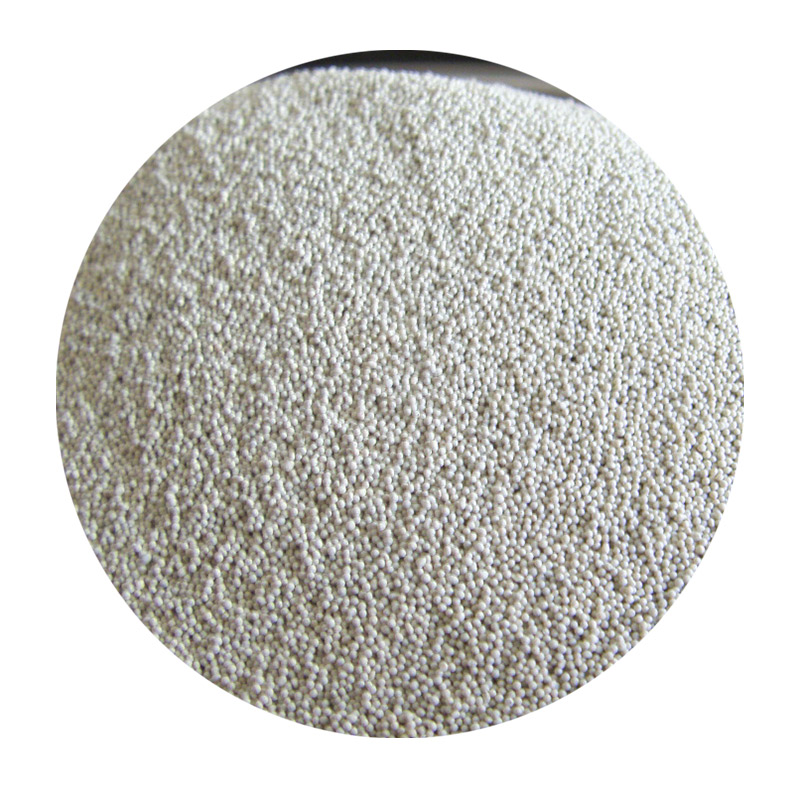

Environmental considerations further amplify the appeal of ceramic sand. Its production process emits fewer pollutants compared to silica sand, making it a more sustainable choice. The recyclability of ceramic sand also reduces waste and promotes a circular economy, aligning with global sustainability goals. As industries strive to reduce their carbon footprint, the adoption of ceramic sand represents a step towards more eco-friendly manufacturing practices. Trust in ceramic sand is bolstered by extensive research and testing conducted by materials scientists and engineers. These experts continuously analyze its performance across various applications, ensuring that it meets stringent quality and safety standards. Their findings consistently highlight ceramic sand’s reliability and effectiveness, reinforcing its status as a material of choice for forward-thinking industries. Moreover, collaborations between manufacturers and research institutions have led to significant advancements in ceramic sand technology. These partnerships are instrumental in developing innovative applications and enhancing existing ones, thereby broadening the scope of ceramic sand’s utility across diverse sectors. Ceramic sand’s growing prominence is underscored by its presence in leading trade exhibitions and conferences worldwide. These platforms provide opportunities for professionals to exchange knowledge, discuss emerging trends, and explore the latest developments in ceramic sand applications. Such engagement enhances industry expertise and fosters trust in this remarkable material. In conclusion, ceramic sand is undoubtedly transforming the landscape of industrial manufacturing. Its exceptional properties and broad application range make it an invaluable asset across multiple industries. As research and technology continue to evolve, ceramic sand is poised to play an even more critical role in shaping sustainable and efficient manufacturing processes. Its proven track record and ongoing innovations underscore its potential to meet the challenges of modern industry, solidifying its status as a cornerstone material for the future. Post time:Faoi . 09, 2025 10:46
Next:Sintered ceramic sand made in China same with Cerabeads AFS 60
